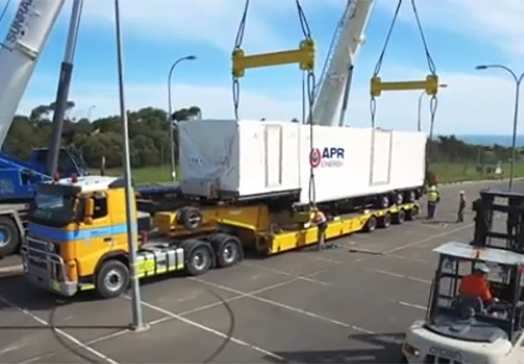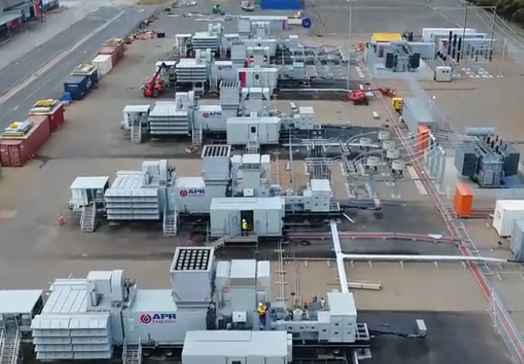Challenges
- Multiple power outages in six-month period
- Grid stability at risk due to heavy reliance on intermittent wind power
- Need to large blocks of supplemental power prior to peak summer demand
Background
On July 7, 2016, a sudden and significant dip in wind – which generates between 49 and 100% South Australia’s electricity on a given day – destabilized the South Australia power grid, plunging the entire state into darkness. Beyond the disruption of daily activities, the blackout had major economic implications for South Australia’s energy-intensive industries. Mining giant BHP Billiton reported that its electricity costs spiked 1,000% to AUD$2.57 million for one day of power at its Olympic Dam operations. Similarly, the loss of power at smelter operator Nyrstar resulted in downtime and repairs that cost the company approximately AUD$7 million in profits.
On Sept. 28, severe thunderstorms damaged South Australia’s power generation equipment, causing the second blackout in three months. Wind gusts up to 260 kilometers per hour brought down major transmission lines and created turbulence on the grid, causing nine of the state’s 13 operating wind farms to shut down – immediately removing 15% of the overall power supply.
Following a third, smaller power outage in December, South Australia’s government introduced a long-term energy strategy in early 2017. A key component of the strategy was the fast-track installation of mobile power plants to protect the state from further power outages.
Solution
In 2017, APR Energy was contracted by SA Power Networks to install nine GE TM2500 Gen 8 mobile gas turbines with a generating capacity of 276MW at two sites near Adelaide by December 1 – in time for soaring summer temperatures. SAPN and the South Australia government selected the mobile gas turbines because they offered several key advantages. First, to support South Australia’s high reliance on intermittent renewables, the turbines’ fast-start capability and in-built Power System Stabilizer technology will play a vital role in maintaining grid stability by rapidly injecting large blocks of power while regulating the grid voltage and frequency levels. Second, the turbines offer significant environmental benefits for South Australia, including up to 94% lower NOx emissions, significantly less carcinogenic particulate matter and 20% less noise than the emissions-intensive diesel reciprocating engines typically found in the temporary power market. Finally, the turbines – which initially are running on diesel fuel – can seamlessly transition to natural gas.
Outcome
APR Energy commissioned its TG North and TG South plants near Adelaide in early November – approximately three months after the first shipment of turbines departed from Slovenia and well ahead of the South Australian government’s Dec. 1 deadline.


